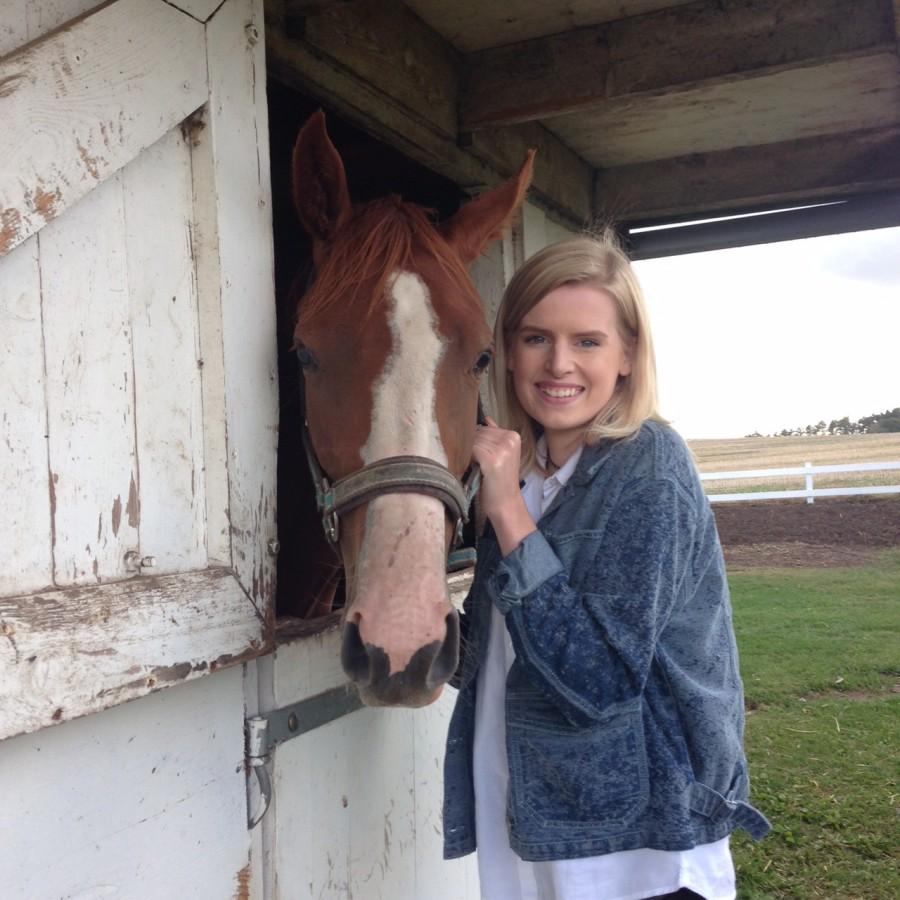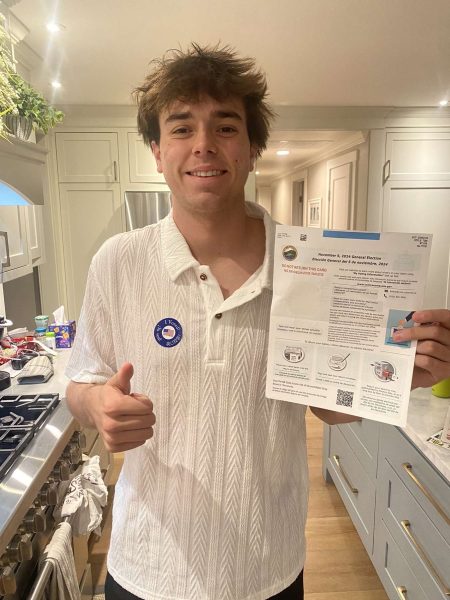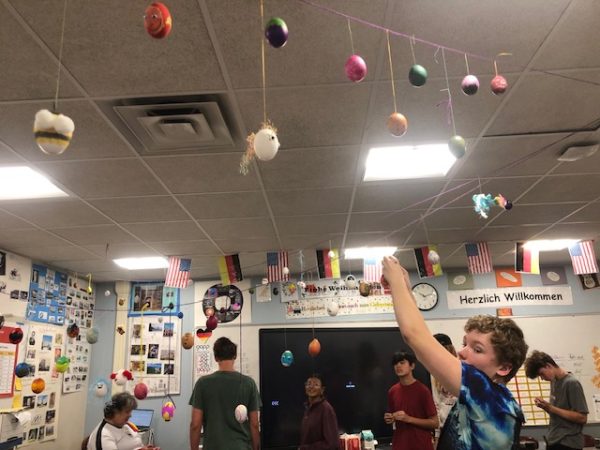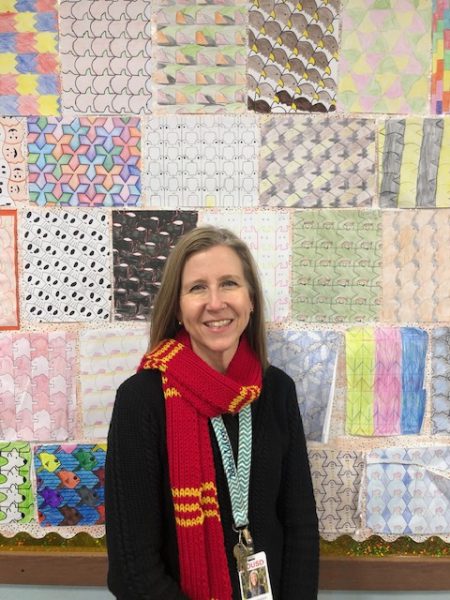Seniors take a gap year before heading to college
Claire O’Brien l Special to the Sentinel
Senior Emma O’Brien poses with her horse Sucré Pois (Sweet Pea) outside of Copenhagen, Denmark.
Imagine a year of your life dedicated to travel, art and exploration. While it sounds far fetched, this fantasy is a lot closer to reality than some may think.
What was once originally a custom for just European students is now quickly catching on with the American audience. “Gap Year” is the idea that instead of immediately going off to college, students should take a year to travel, work, and become familiar with how the world works.
The majority of students usually head off to college or to work right after high school. However, a growing number of students are students starting make a change by taking a Gap Year. According to collective studies done by the American Gap Year Association and several universities, the number of students taking a gap year has doubled in the last ten years.
Senior Emma O’Brien has decided to take a gap year.
“I have to live in Denmark for a year by the time I’m 22 to keep my (Danish) citizenship, so I decided to go over there to work, travel, and enroll in Danish language and culture classes because I’m not 100 percent fluent yet,” she said. “For me, this is a better option because I am not the most studious person, but I do have a passion to enter the fashion industry and I don’t necessarily need a traditional college education to be successful.”
In 2013, an estimated 6,000 students took a Gap Year through the American Gap Association, up from the 1,000 recorded in 2005. In fact, interest in such a year off has become so well known that programs are starting up at prestigious Universities such as Tufts, Princeton and University of North Carolina that actually promote and will offer aid and college credit for those wishing to pursue a Gap Year.
Some may ask why there has been such a jump in promotion of gap years; a recent study done by Middlebury College offers one explanation. “Students who took a Gap Year almost always overperformed academically in college, usually to a statistically significant degree” the report stated. “Most importantly, the positive effect of taking a Gap Year was demonstrated to endure over all four years.”
With statistical evidence to back it up, there is no wonder why these sort of programs are so highly encouraged by top tier institutions.
College and Career Advisor Gina Ney is very enthusiastic about the prospect of students taking a Gap year.
“For most people life goes in a straight line from high school, to college, to a job; with no break in between,” Ney said. “Many students have started gravitating towards the idea of a Gap Year to break up that constant stream of work.”
Ingrid Ulrichsen is also taking a Gap Year overseas. “My brother and sister both took gap years before going to college,” Ulrichsen said.
“It’s partially culture and it’s partially because if I live in Norway for two years, then after that I can live almost anywhere I want in Europe, and the country helps pay for my education,” she said excitedly. “It’s a really good deal for me because it gives me time to travel a little bit and see the world before settling down, and I am allowed to get take Norwegian language and culture classes that include knife making and even dancing!”






